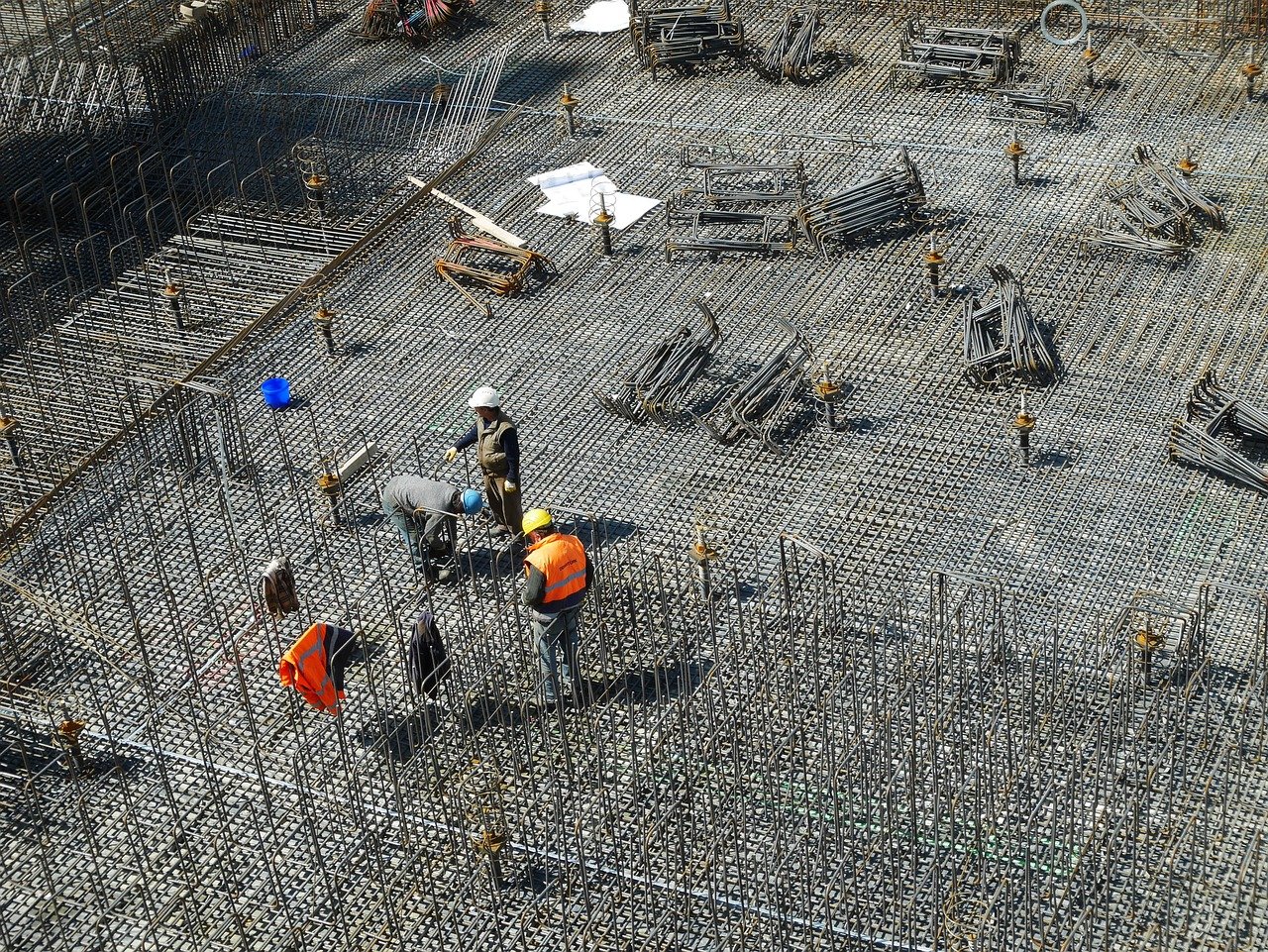 Construction is often labeled as a “high hazard industry” due to the comparatively high number of occupational injuries in the sector every year. Statistics show that 21.1 percent of all the occupational fatalities in 2018 were in the construction sector. To prevent injuries, it’s imperative that construction companies properly train their employees on the potential workplace hazards, and of course, maintain strict adherence to the safety protocols laid down by the Occupational Safety and Health Administration (OSHA).
Construction is often labeled as a “high hazard industry” due to the comparatively high number of occupational injuries in the sector every year. Statistics show that 21.1 percent of all the occupational fatalities in 2018 were in the construction sector. To prevent injuries, it’s imperative that construction companies properly train their employees on the potential workplace hazards, and of course, maintain strict adherence to the safety protocols laid down by the Occupational Safety and Health Administration (OSHA).
Table of Contents
OSHA Guidelines and Resources
OSHA is a regulatory agency under the U.S. Department of Labor born from the Occupational Safety and Health Act of 1970. Its primary objective is to set and enforce standards for safe working conditions, provide training and education, and run other extension programs. It also has a comprehensive list of online training resources for construction safety and health training. Some of these resources include:
- The Outreach Program for Trainers
- The Construction Safety and Health Standards, as developed by the National Institute of Occupational Safety and Health (NIOSH)
- The Information Kit for Fall Protection
- The OSHA Technical Manual
- Links to other training programs, grants, and standard safety protocols developed by a few individual states
Due to the nature of the jobs performed, construction workers face unique risks and safety challenges. Employers in the construction industry should focus on the following areas when training their employees in onsite work safety:
Driving
Driving mishaps relevant to construction can include but are not limited to overloads, collisions, topplings, faulty load pickups, and fatigue-related incidents. Thus, companies should implement comprehensive training programs that cover the following:
- Fatigue control and health monitoring
- Traffic laws
- Adhering to general driving safety regulations
- General knowledge of their respective vehicles and parts
- General knowledge about loads, overloads, line tension, and stress
- Proper record-keeping
Wearing Personal Protective Gear
Onsite workers should always wear the required personal protective gear, as per company guidelines, to mitigate the chances of unforeseen accidents. Construction hats, safety goggles, shirts with long sleeves, long pants, and sturdy boots are necessary for any such employee. In addition to these, you can also supply workers with protective gear, such as:
- Hearing protection
- Full face shields
- Respiratory protection
- Fall protection equipment
- Chemical splash goggles
Operating Equipment and Tools
Lack of proper knowledge and carelessness while using equipment and tools can result in accidents like hand injuries, electrocutions, and scaffolding collapse. Training programs should include:
- How the most common pieces of equipment work
- The importance of keeping equipment locked away when not in use
- Keeping walkways clear
- Securing equipment while in transit
- Keeping electrical tools in proper working conditions with GFCI-grounded plugs
- Maintaining level bearing of all ladders
Handling Materials and Heavy Lifting
Improper heavy lifting continues to be one of the leading causes of workplace injuries in the industry. Common ailments include back pains, strains and sprains, wrist injuries, and potentially fatal spinal injuries. Companies should train workers for smart lifting and handling techniques that cover preparation, lifting, carrying, and setting down heavy loads. They should also learn to maintain proper body posture and use mechanical means to move heavier than optimal loads whenever possible.
Fall Prevention
With fall-related deaths as the leading contributor to construction workplace fatalities, comprehensive fall prevention training crucial. Managers need to analyze potential fall hazards onsite and ensure proper fall prevention systems are in place. In addition, all employees should know how and when to use personal fall arrest systems.
Chemicals and Hazardous Materials
Personal injuries like work-related chronic obstructive pulmonary disease, silicosis, and chemical burns can be prevented by properly handling chemicals and hazardous substances. Employee training programs should cover:
- Usage of respiratory masks, safety gloves, and safety goggles
- Proper disposal of construction wastes.
- Safety checks while transiting hazardous substances
When Accidents Happen
Even with adequate training and education of workers, accidents happen in the construction industry. Here are the two forms of insurances that construction companies should have to minimize financial losses in the event of any mishaps:
- Workers’ Compensation Insurance- Workers’ comp provides lost wages and medical coverage to employees who fall injured or ill while performing their work duties. This insurance is mandated in every U.S. state except Texas, though coverage minimums vary.
- General Liability Insurance- Though not legally required, construction companies should also have liability insurance coverage. A commercial general liability policy can help cover medical expenses if your business causes bodily injury to a third party, such as a client or vendor. It also helps pay for your legal defense should someone sue you for bodily injury or property damage.
Accidents and Negligence
Construction injuries aren’t entirely preventable—accidents happen, no matter how careful and well-trained your employees are. However, employer negligence significantly raises the odds of accidents and injuries, for which you can be held liable. To protect your employees, clients, and yourself, invest the proper time and money into safety education and insurance coverage.